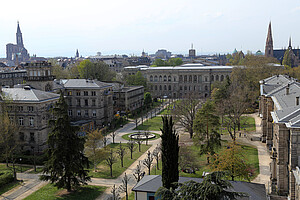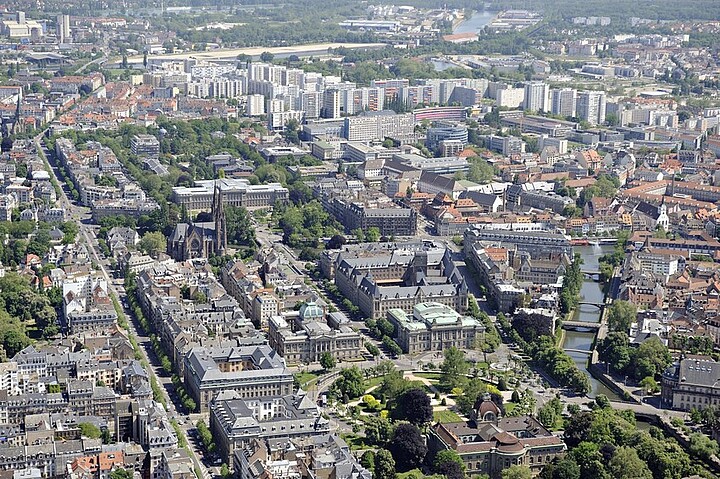In 1971, the University of Strasbourg was divided into three universities:
- Strasbourg I (Université Louis Pasteur), gathering the scientific disciplines
- Strasbourg II (Université Marc Bloch en 1998) which brought together the faculties and departments of arts, literature and humanities
- Strasbourg III (Université Robert Schuman en 1987) dedicated to fields of law, politics, social sciences and technologies
Over nearly two decades, the universities laid the groundwork for inter-university cooperation, strengthened over time by jointly designed and managed projects. Backed by this experience, the three universities decided to take a further step by uniting their potential for instruction and research within a single university.
The three universities finally merged again in 2009 and became l’Université de Strasbourg,a unique and pioneering example of merging universities in France, aiming to enhance international exposure and to develop the multidisciplinary aspects of education and research.



















